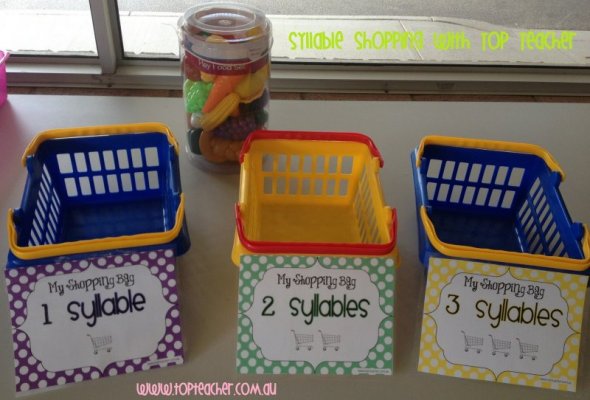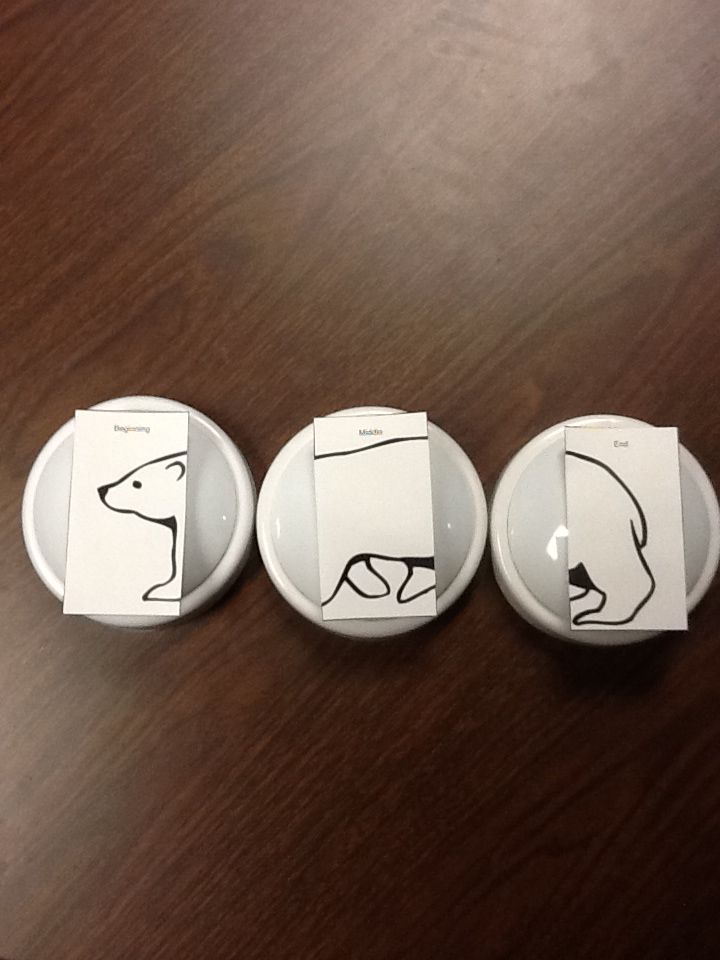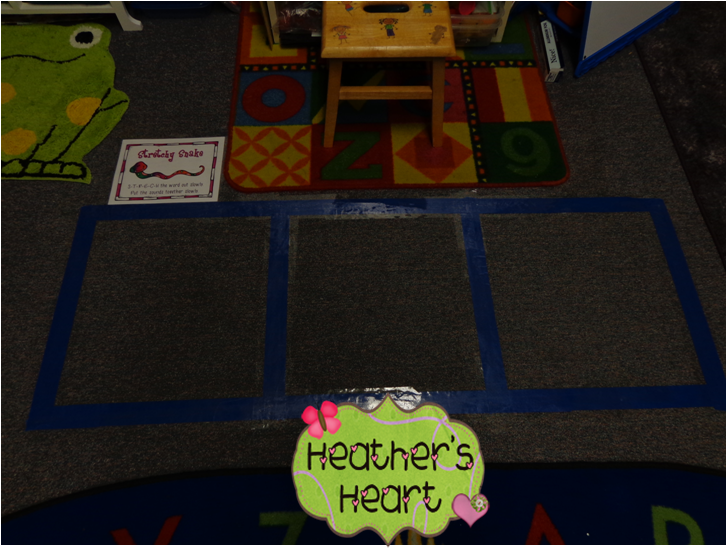Cool Tools for Targeting Multisyllabic Words in Speech Therapy
Speech therapy operates on a continuum. For most aspects of speech and language, children might master one aspect before moving to another. When children master single syllables, the next step is two then three and so forth. Multisyllabic words in speech therapy can have many challenges for children with articulation disorders and apraxia. Similarly, finding and making motivating materials can be equally frustrating for SLPs. Try these cool tools, tips and word lists.
Multisyllabic Word Lists
First and foremost children need targets. What words should they practice and where do we come up with them? For children who aren’t yet reading, high quality photographs are often best, but sometimes hard to come by when you’re looking for specific syllable lengths.
For great visual materials already divided up by syllable length (3 syllable, 4 syllable words) try Playtalklearn.com
To get creative on your own, search for multisyllabic word lists of the length you need then find the cards/visuals you need. Lists can be found on SLP websites or ESL websites. A quick Google search will yield many lists, but then it’s up to you to find visuals.
A great resource for flashcards is Insidestoryfashcards.com where you can print free high quality materials for great concepts and vocabulary words!
As for what to put the pictures in, try an online template for activities such as memory games that will provide a nice grid, already made.
Pacing Materials
A pacing board is often helpful in getting a child to slow down and segment each word into syllables (e.g., “bas-ket-ball” would be three segments). This could also work at the sentence level (e.g., “I” + “see”+ “you”). A pacing board provides a nice visual and tactile reminder or cue to each syllable in the word or phrase.
There are many neat and new pacing board ideas. Check out this example using tap lights (below):
Here the child will tap each light with each syllable, “Po-lar-bear.” A visual is placed here to help illustrate the target word.
Or try getting motor movements involved by having children jump or hop from sound to sound. This idea, from Heather a first grade teacher, shows how:
Her directions are: “A kiddo starts by standing to the left side OUT of the first box. If the word is bus, he hops into the first box and says /b/. He then hops into the 2nd box and says /u/. He hops into the 3rd box and says /s/. Finally, he hops OUT of the box and says the word bus.”
Activities that can be used in speech therapy can often be found in early literacy and reading activities too. Tasks such as sorting by syllables (like the shopping picture at the top of the page) encourage children to be aware of how many syllables are in a word, and might not necessarily have the goal of correct sound production. The key might initially be to help students identify longer words as one, two or three syllables by listening with a model. This brings awareness before expression is targeted.
Some other ideas include: a parking garage place mat where cars part on the first, second or third sound in a written word, shooting syllables by hoops (a three pointer for a three syllable word) or playing a musical instrument in accordance with each syllable (think drum or xylophone to mark each sound).





